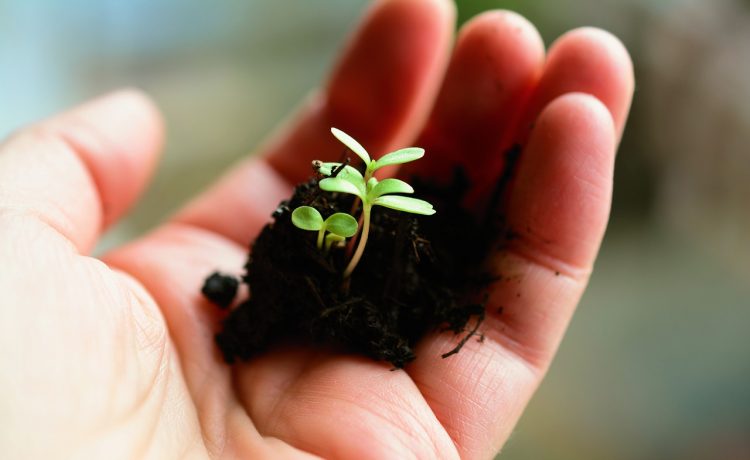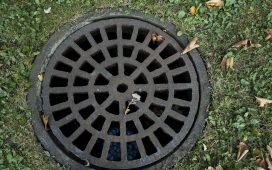Waste-free production confidently occupies a strong position in the economy. Our ancestors achieved high yields on their lands only in the following way: they used improvised components. Chemical production has already covered all spheres of our existence, but the common sense of humanity is drawn to everything natural, for example, the use of homebase compost on garden plots.
Use of compost in the garden

Compost is an organic fertilizer that is obtained during the decomposition of organic substances under the influence of the action of microorganisms. At the end of maturation, the fertilizer should be crumbly, without large inclusions, have a more or less uniform structure and color. It is important to pay attention to the fact that such biomass is rich in calcium, potassium, fluorine, phosphorus, iron and many other trace elements. Consider below several methods of compost use.
Application of biomass during pre-sowing digging

It is one of the most common methods of fertilization. Its essence lies in the fact that before digging up the garden-beds, a mixture is scattered on them. It is possible that residues of not completely rotted particles may be observed in the fertilizer. There is no need to be afraid of this, because they will ripen over the winter. With the help of such biomass, it is possible to solve the problem with heavy soils, since this fertilizer saturates vegetable garden soil with nutrients, loosens it. You can notice a change in the structure of the soil already during the first works at the beginning of spring. It will become softer and looser.
Use for separate plants
As an alternative to continuous composting on garden-beds, you can use rotted waste for individual plants. To do this, you need to take only a well-fermented mixture, which resembles soil in consistency.
This method is suitable if the owners for some reason did not make the application of biomass for digging. After a couple of days, you need to loosen the feeding places for soil drainage. The main thing is not to overdo with the quantity so that the seeds do not steam underground.
Mulching
Mulching of garden beds is one of the important and effective actions when caring for the soil surface. It is a cover of soil surface with the mulch. Mulch allows precious moisture to stay in the soil. There are less weeds in the spring after such a procedure. Interaction of mulch with the soil forms favorable conditions for the development of microorganisms.
Wick dressing of individual plants in pots
This is the optimal solution for experienced flower growers and beginners. This method allows you to take care of a huge collection of plants using a wick soaked in wickes compost solution. The task of the florist is to pour clean water or a solution with fertilizers into a glass in time and just admire the beauty of the plants. The main thing is to regularly monitor the condition of the plant.





